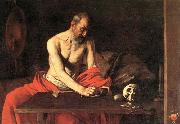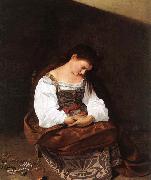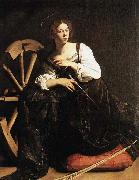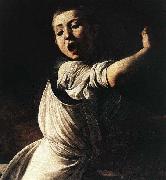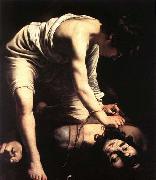
Pintura
al óleo, una gusto verdadero de los viejos maestros
|
|
|||
|
Caravaggio
|
|||
| Italian Baroque Era Painter, ca.1571-1610 | |||
|
|
|||

| |||
|
|
|||
|
|
|||

| |||
|
|
|||
|
|
|||

| |||
|
|
|||
|
|
|||

| |||
|
|
|||
|
|
|||

| |||
|
|
|||
|
|
|||
| Artista Previo Próximo Artista | |||





